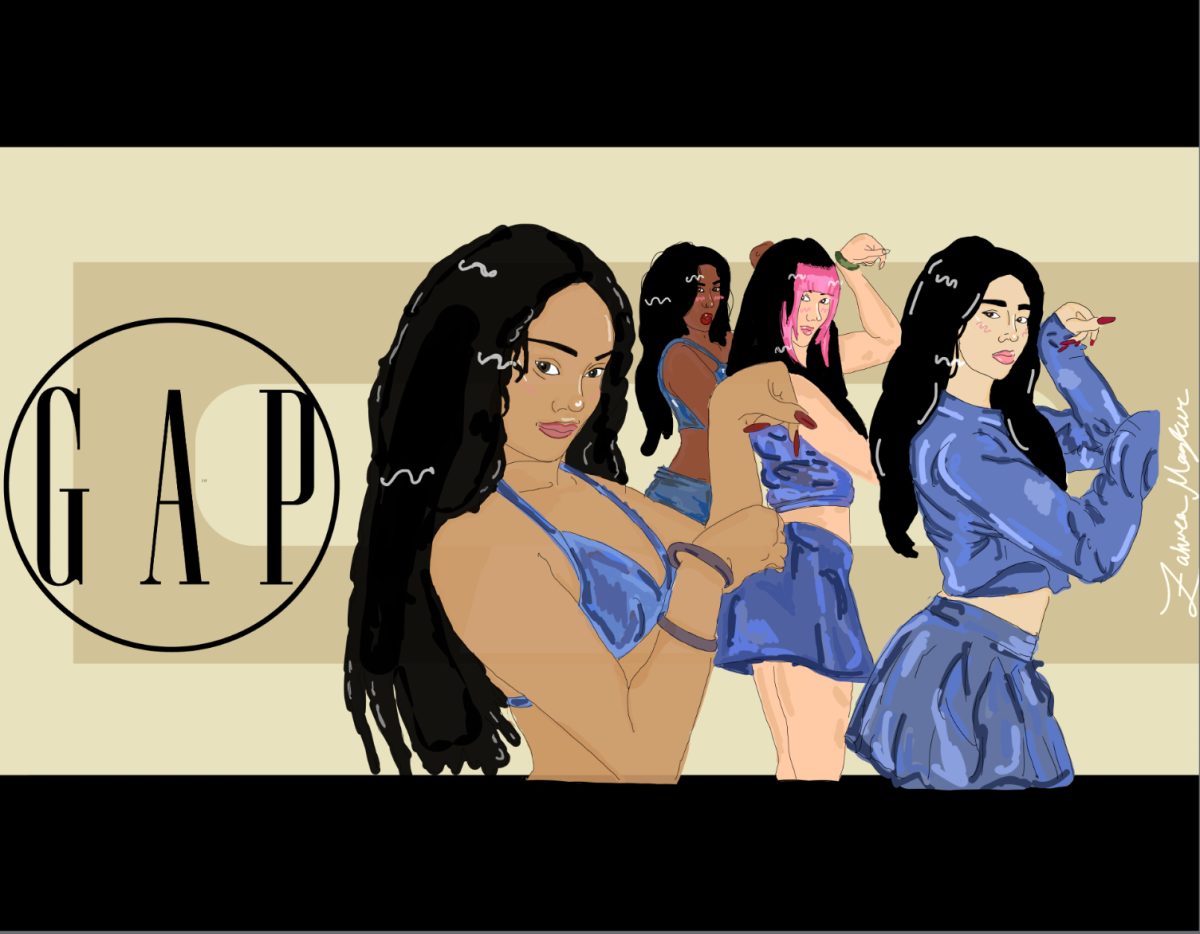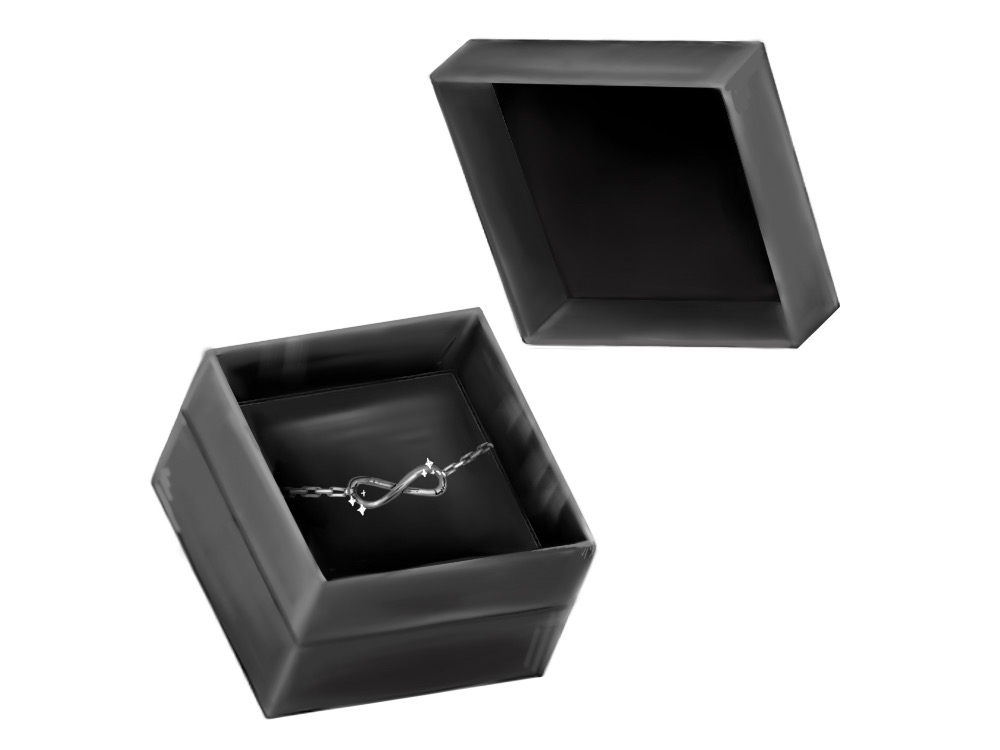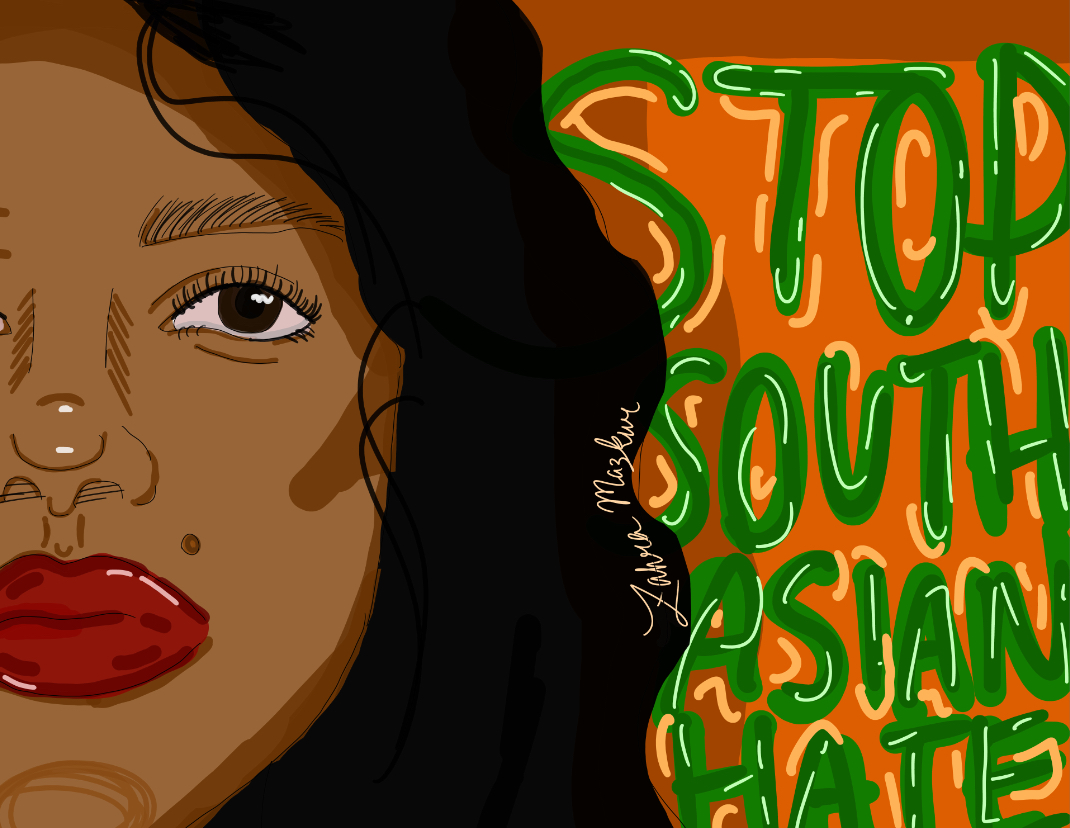This November, the nominees for the widely prestigious 2025 Grammy Awards were released to the public. 2024 has been an especially exceptional year for the genre of rap. Long-awaited albums were released from many popular artists such as Future and 21 Savage. Many lesser-known rap artists also shared the spotlight this year, with albums released by renowned rappers such as ScHoolboy Q and Vince Staples. Though released after the cutoff date for nomination, Tyler, the Creator and Kendrick Lamar have both released remarkable albums in their own regards this year. Naturally, given the confluence of multiple long-awaited rap albums this year, I had expected several nominations for Album of the Year reserved for rap albums. Yet, no rap albums were nominated at all.
In fact, upon further research, I learned that, since 2004, no rap album has ever won the Grammy Award for Album of the Year. This was a surprise to me. How could one of the most iconic music genres in American pop culture be entirely neglected by the Grammys? Despite hip hop’s mainstream popularity, it often seems as though rap music resides in its own isolated bubble. Mainstream audiences have often chastised and stereotyped rap music for a plethora of reasons.
Rap has often been perceived as a genre which widely promotes gang violence, drugs, abuse and other harmful activities. As a genre which originated within the Black American community, it has also faced racist sentiment and criticism. Of course, it is completely unjust to discount all rap music based on untrue stereotypes. Just as there exists good and bad pop music, there exists good and bad rap music.
This widespread disdain for rap among mainstream audiences does not always originate from a place of malice, however. The lack of robust melodic structure in most rap vocals may seem foreign to fans of other mainstream genres like pop or rock music. Despite this, it is necessary to consider that art in general continues to consistently evolve and push boundaries, and music is no exception. As an example, when the Eiffel Tower was first opened, it was a subject of major controversy among architects and the public alike. In the midst of the ornate Parisian architecture surrounding the area, the giant iron tower seemed out of place and unsightly. Today, however, the Eiffel Tower remains one of the most beloved architectural landmarks in the world. Essentially, it is unfair to declare artistic movements as “unworthy” for their idiosyncratic characteristics. Just as the Eiffel Tower’s relative simplicity creates a completely different aesthetic appeal, rap music’s relative distinctiveness creates a different musical appeal.
The primary musical appeal of rapping for most hip hop fans is the “vibe” that is created from the flow of the lyrics, the production on the track and the core percussive beat. By emphasizing only what rap lacks—melodic main vocals—mainstream audiences may become ignorant to the true variety of musical styles that exist within the genre. Of course, non-melodic vocals oppose the principles of centuries of musical tradition. However, to be an artistic traditionalist is to oppose the very purpose of art. As a collective society, art is a form of expression used to give voice to different ideas and opinions. As society changes, art must change with it as well. A society which rejects new, different art is a society which has stopped progressing.
Rap is a perfect example of this principle, being a genre which emerged from societal change. During the late 1970s, the musical movement began in the South Bronx neighborhood of New York City. At the time, the area was impoverished and predominantly African American. Hip hop music emerged to give voice to the disenfranchised in American society. As a result, many rap tracks emphasize storytelling, especially from the perspective of those at society’s margins. Still, these complex themes may be explored through melodic singing. This could beg the question: why do artists tell their stories through rapping rather than through singing?
To ask why a particular song is rapped rather than sung is analogous to asking why a particular piece is written as a poem rather than in prose. Rap, like poetry, is nothing more than a unique artistic medium to express oneself. In particular, most other genres of music are often distinguished by the instrumentation and rhythm of the tracks; pop is known for its catchy, infectious tunes while jazz is known for its complex, improvisational melodies. However, in spite of any especially elaborate production on a rap track, the mostly isolated vocals, the faster-paced lyrics and the overall “flow” of a hip hop song forces particular attention onto the artist itself. In turn, hip hop as a genre allows and often compels artists to be more introspective and self-expressive.
Rap is a vast genre comprising various different subcultures, each taking advantage of the medium in different ways. However, I believe that there are few songs that better encapsulate the power of rap as a creative medium than “u” by Kendrick Lamar. Though I would recommend the song, “u” is an unsettling listen. It is not only explicit in its lyrical content, but its metaphorical content as well. The context of the track is established in the previous song on Lamar’s album “To Pimp a Butterfly.” In “These Walls”—the preceding track on the album—Kendrick mentions that he “found [himself] screaming in a hotel room.”
Lamar’s piece is a haunting display of raw, unfiltered emotion, representing his thoughts as he laments about his struggles with alcoholism, depression and self-destructive ideation. The song begins with a disorientingly intense scream, a cross between a cry for help and a yell of unbridled frustration. Though Kendrick raps about his own traumatic experiences, he expresses his indignation by addressing himself in the second-person.
“Loving you is complicated,” Kendrick Lamar states repeatedly in the track.
Lamar’s lyrical choice shows that he feels disconnected from himself. His contempt is seemingly directed at another person, perhaps to show that he cannot accept that his mistakes were his own. The use of rap as a musical technique is necessary to develop this song’s narrative. The fast-paced, sometimes off-beat vocal delivery feels almost disorganized as Kendrick battles his own thoughts. His pure, genuine internalized anger is fully captured as he practically shouts lyrics at the listener—or, rather, himself. Arguably, any sort of melodic singing would have abstracted or even detracted from the true emotion he wishes to express on this track.
At its core, rap utilizes the purest form of voice an artist can espouse: their true speaking voice. Kendrick’s own rage could be heard in his tone of voice during the initial rapping part, which is far more difficult to replicate melodically. After the song’s beat switch, a common characteristic of rap music, Kendrick’s tone of voice also switches. His voice begins to break, as if on the verge of tears. The jazz instrumental breaks down as well, with a passionate saxophone solo in the background helping create a cathartic, emotional experience. The fusion of genres in “u” makes for a diverse and complex musical track. Rap music is a canvas on which artists may paint on, combining different genres and techniques to create magnificent pieces.
Kendrick Lamar’s “u” is a masterpiece of rap. It perfectly displays the unique merits of hip hop music, and its capability to help artists express themselves on a deeper level. Perhaps it is time for mainstream audiences to fully recognize the potential of this genre.

































